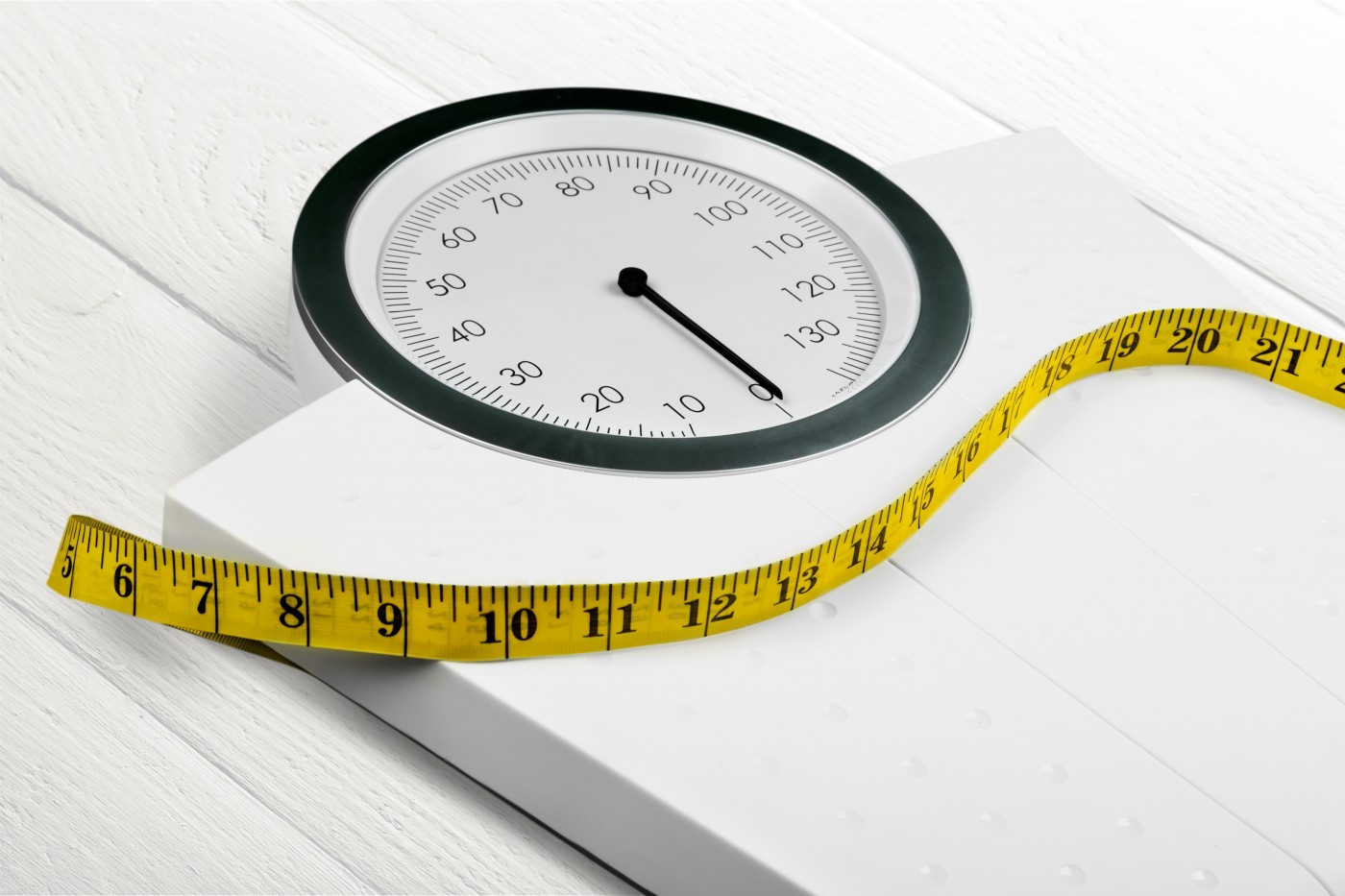The Struggle Is Real: Losing and Gaining Weight Due to Illness

The average person might feel some concern about how they look and feel in the morning. They might be a little self-conscious about how today’s decisions will affect their health tomorrow. But if you are living with pulmonary hypertension (PH), how you look and feel greatly determines how the rest of your day will proceed.
When a PH patient wakes to puffy eyes and edema (swelling in the ankles and legs or other areas), they are probably less focused on their reflection in the mirror and more worried about how the water retention is affecting their heart. If this appearance accompanies shortness of breath, fatigue, and chest discomfort, then whatever plans they had for the day will probably change.
A few pounds lost or gained, a skipped meal, and forgetting to drink water during the day may not be a big deal to others, but it can be for a PH patient.
Sustenance is important for a sick body. Caring for my son’s PH required more than just treatments and supplemental oxygen. It also required a delicate balance of food and water intake. It played a big role in how he looked and felt every day.
For my son, Cullen, gaining weight was a huge and frustrating challenge, especially when decline led to right heart failure. His dietitian frequently lectured him about consuming enough calories, vitamins, and nutrients and making sure he was drinking enough water — but not too much.
As he got sicker, food made him feel nauseous, and he often lacked the energy to try to eat. To make matters worse, he quickly burned off calories because his sick heart and lungs were constantly pumping hard to keep him alive.
Through trial and error and with approval from his doctor and dietitian, we found ways to help him gain a few pounds, or at least maintain his weight. Encouraging him to snack throughout the day instead of forcing him to eat three big meals turned out to be a better plan. Our focus was on increasing calories and calcium while maintaining a low-sodium diet.
Peanut butter or Nutella on whole wheat bread (not white) became a staple. Snickers bars and unsalted trail mix were a few of his favorite snacks. Homemade milkshakes made with whole milk, and smoothies made with vanilla yogurt, fresh fruit, and a few tablespoons of protein powder were easier for him to get down than the store-bought options.
Another trick was mixing 120 additional calories to his smoothies by adding a tablespoon of olive oil. He also enjoyed eggnog and baked potatoes loaded with cheese, sour cream, and broccoli. Avocado dip was a favorite, eaten with pita bread or unsalted crackers instead of chips.
Dinner was a challenge, but he always tried to eat a little. It often consisted of brown rice and beef, for the benefit of fiber and protein.
Cullen battled PH for five years and fought hard to keep his weight up, but by the time he was listed for a heart and double-lung transplant, he was skin and bones. The pictures of him from back then are haunting reminders of just how sick he had become.
It didn’t take long after transplant for Cullen to gain an appetite and healthy weight. Unfortunately, not long after his recovery, Cullen started experiencing rejection. Part of his therapy to slow its progression was high doses of the steroid prednisone.
If you are unfamiliar with this drug, one of its side effects is weight gain caused by fluid retention, increased appetite, and therefore, an increase in calorie intake. It was difficult to see my son go from one extreme to the other, and heartbreaking to hear his dietitians now hounding him to lose weight. He tried, but I believe the high-dose prednisone made it impossible.
At least it was worth it. Combined with other aggressive treatments, the prednisone helped stave off rejection. But it took months of determination for Cullen to lose the weight he had gained. What contributed to his success was Lose It!, an app that allowed him to track his intake and chart his progress. It helped him visualize and maintain healthy eating habits.
Cullen will continue with a low dose of prednisone for the rest of his life, but now, five years post-transplant, he looks and feels great.
In a future column, I will discuss Cullen’s struggle to balance his water intake as a PH patient and transplant recipient.
If you are struggling to gain or lose weight, please consult your doctor before making any changes to your diet.
***
Note: Pulmonary Hypertension News is strictly a news and information website about the disease. It does not provide medical advice, diagnosis, or treatment. This content is not intended to be a substitute for professional medical advice, diagnosis, or treatment. Always seek the advice of your physician or other qualified health provider with any questions you may have regarding a medical condition. Never disregard professional medical advice or delay in seeking it because of something you have read on this website. The opinions expressed in this column are not those of Pulmonary Hypertension News or its parent company, Bionews Services, and are intended to spark discussion about issues pertaining to pulmonary hypertension.








Leave a comment
Fill in the required fields to post. Your email address will not be published.